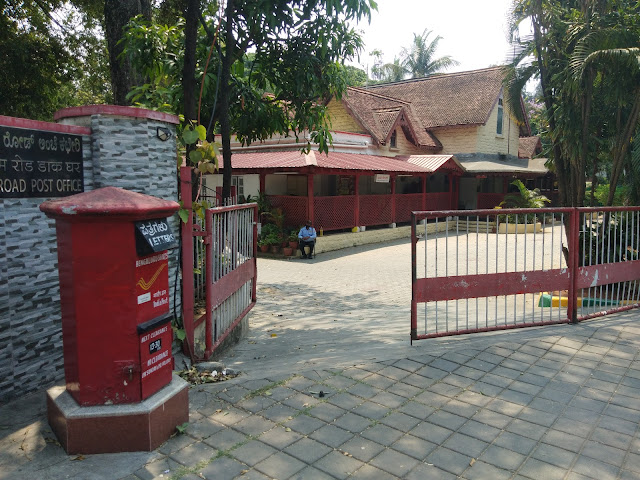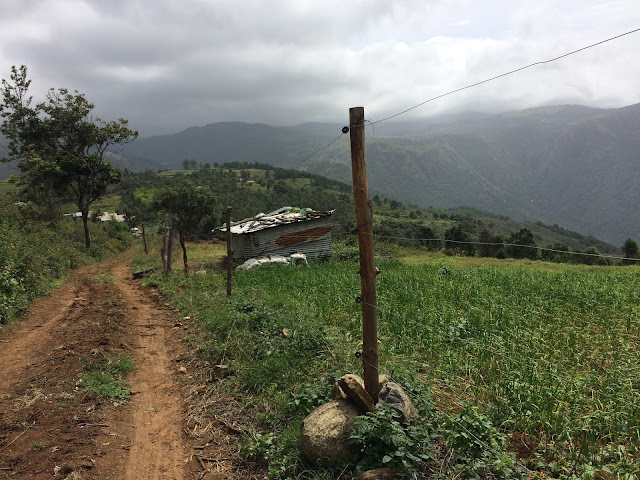Majuli - the largest river island in the world
Majuli is the largest river island located in Assam, India. It is one of the largest in the world as per the records. However the incessant erosion caused by the Brahmaputra river every year has made it shrink gradually and lose some of its original area. Still, it remains big enough to house several small villages within it and it has been declared as a district on its own, making it the first island district of India.
As mentioned in my earlier blog (link), we set off from Kaziranga immediately after breakfast and reached Nimat ghat, Jorhat to board our ferry to Majuli. We were visiting Majuli during the 3 day Raas festival. Hence there were long queues of vehicles at the ferry point. Online ferry ticket booking was closed due to the festive time. Also there were some VIP vehicle movements happening for this festival due to which it took some time for us to get into the ferry. Somehow we could get into a ferry at 3 PM and reached Majuli by sunset. The ferry ride took around 40 minutes. We got down at the Kamalabari Satra side of the island. When you land on this island, you will reach the ferry dock and from here again you will need to travel for another 3-5 kilometers to the nearest hotels of this island. There are some private jeeps and rickshaws at this ferry dock that will take you to the main towns/Satras of Majuli in case you are travelling on your own.
From the ferry dock, it was a drive of another 30 minutes to reach our place of stay – Prashanti Log Hut in Kamalabari Satra.
The hotel staff had been following up with us since 3 fish thali's were booked as our meal for lunch here. And we were already late for this. But by the time we reached our hotel, the staff had kept hot authentic Assamese meal ready for us.
We had food and called off for the day since we were tired.
Next day morning we were woken up by the pleasant chirping of birds at 5:30 am. We decided to take a stroll along the village. As we came out of our room, we were amazed to see where we have been put up.
This walk along the countryside side was so refreshing. One point that I really admire about this village is that it is untouched by the modern world. We could see children playing on the roads, helping their parents in fields and doing other household chores. But none of them had any gadgets in their hand. People live in bamboo huts here , cook on the fire, make things by hand and you will not find any modern amenities in most of the houses here. One thing that grabs your attention are the bamboo houses here are elevated to a certain height to protect from the natural calamity that might happen during the flood season.
We reached back our place of stay, freshened up and had breakfast. Our guide arrived at our hotel and we set off on a full day sightseeing of Majuli island.
The Satra’s are Hindu places of worship that were created through the ideology of Neo-Vaishnavism of Srimanta Sankardeva who is the father of Assamese Culture. Every Satra is a monastery and the monks here dance, perform dramas and meditate as a part of their worship.
Auniyati Satra
This is a bachelor monastery which is the biggest Satra of Majuli. It also houses a museum and a Namghar (temple). Our guide took us to one of the bachelor’s quarters where a monk showed us an awesome Khol performance.
Shri Uttara Kamalabari Satra
This is the second monastery we visited today.
Dakhinpat Satra
This was the 3rd monastery we visited today. There was some fair going on here and it was too crowded. But we had fun traversing through this village fair ambience.
Bengena Ati Satra
Here we were taken to Majuli Family Kitchen for lunch. The couple hosted us with great warmth and hospitality. We were served homemade fish and chicken meals here. Needless to say the food tasted yumm.
Samaguri Satra
Majuli masks have received the prestigious Geographical
Pottery Village
Salmora village in Majuli is known for its potters. This is the region in Majuli facing the maximum erosion. Hence people here have picked up handmade pottery as an alternative profession to losing their agricultural lands. Our guide took us to one house and the lady was happy to show us some of her work. They stock clay from the riverbed here and then use this clay to make pots, lamps and plates without a potter’s wheel.
The Mishing tribal village
Here the guide took us one tribal home and showed us how their houses are built. We could also see lady of the house weaving outside.
As we peeked through one of their windows we could see sun setting in really fast. So we quickly hopped onto our car and drove straight to the riverbank.
Sunset by the river Brahmaputra
We were just in time to capture the various shades of sun setting in our cameras.
Later on we reached our hotel for dinner. Post dinner it was time to witness stage dramas at Raas now.
During this three-day-long Raas festival, dramas on Krishna's life are performed across monasteries which involves literally everyone on the island. The performances start at 8PM and go on until 4am.
Majuli is truly an untouched hidden gem of Assam. But unfortunately eroding gradually due to the flooding from Brahmaputra river. So please plan to visit this soon, before its too late. Heartfelt thanks to the team of f5escapes for planning such a well curated itinerary and helping me explore this hidden gem of Assam.























































Comments
Post a Comment